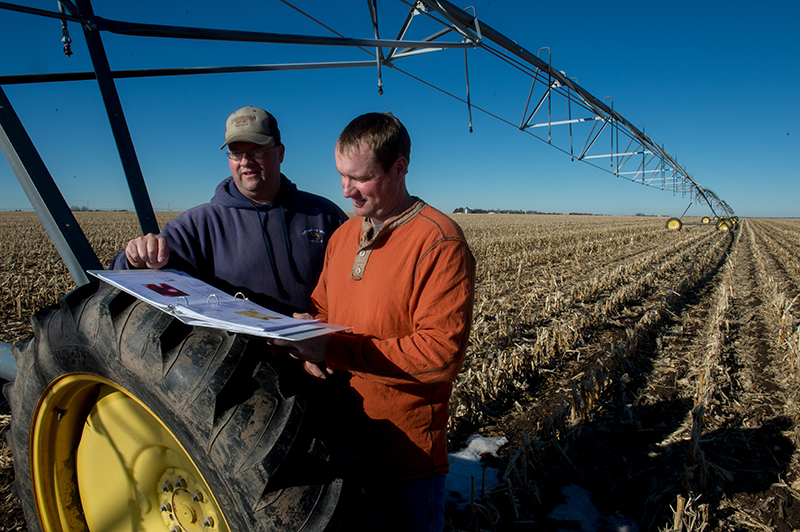Fungicides And Diligence: 4 Keys To Higher Soybean Yields
Even though soybeans are continuing to grow and set pods, the season is not yet over. As Syngenta experts strongly advise, it’s important for growers to remain attentive and scout their fields through the homestretch. How soybeans manage stress at this point of the season can often mean the difference between a successful and unsuccessful harvest.
In order for soybeans to yield strong, important steps need to be taken from the reproductive stage through harvest. This includes the following four recommendations:
1. Scout and control mid- to late-season insects. As pods begin to set and fill, there are mid- to late-season pressures that continue to threaten yields. Insect presence is on the top of this list. Penn State Extension stresses that scouting should remain a priority for growers in order to ensure no pest goes unnoticed and untreated if economic threshold levels are reached.
2. Apply a foliar fungicide at the R3 growth stage. For broad-spectrum disease control, growers should consider applying a foliar fungicide during pod formation, or the R3 growth stage. Combating diseases late in the season protects plants from avoidable damage, providing the grower with a greater opportunity to realize full yield potential.
“To boost yields even further, growers can apply fungicides for improved plant physiology and maximized performance,” said Andrew Fisher, fungicide product lead, Syngenta. “An application of Quilt Xcel or Quadris Top SB fungicide enhances plant growth to produce larger beans, fuller pods and overall higher yield potential.”
Improvements in plant physiology include prolonged green foliage for extended pod fill, increased water use efficiency via reduced transpiration, and improved water and nutrient uptake due to the development of more vigorous root systems.
3. Manage water to maximize pod fill. Water management is a vital agronomic practice from the reproductive stage through harvest and provides growers with the opportunity for ample pod fill. Managing water levels comes four-fold: developing an irrigation plan, monitoring the soil’s permeability, implementing moisture requirements based on growth stage and reacting to soil profile changes due to varying weather conditions. By keeping a close eye on moisture levels, growers can better manage plants when fields receive too much or too little water.
4. Incorporate a harvest aid. As the Purdue University Cooperative Extension Service notes, weed desiccation and dry down of green soybean stems and foliage can result in a timely harvest that is cleaner and easier. In addition, combine efficiency increases, and equipment wear and tear is reduced.
As pod fill continues, continued diligence will ensure growers maximize their crop’s opportunity to reach full genetic yield potential. By combining these agronomic practices and treatment recommendations, growers are more likely to help soybeans yield strong.
To learn more about the steps that help soybeans reach their full yield potential, visit the Syngenta resource, Tools to Grow More Soybeans. Follow Syngenta on Twitter and Facebook.






